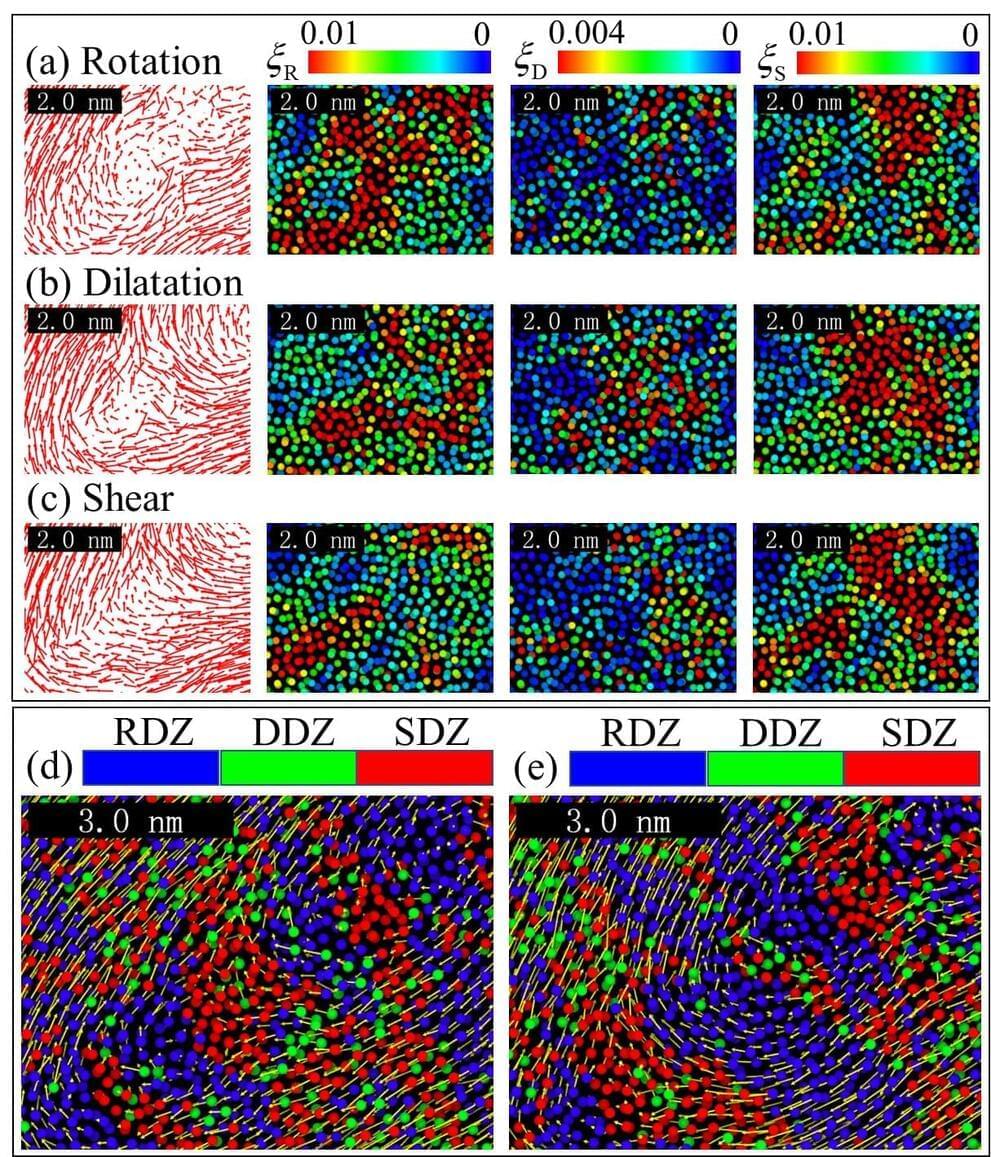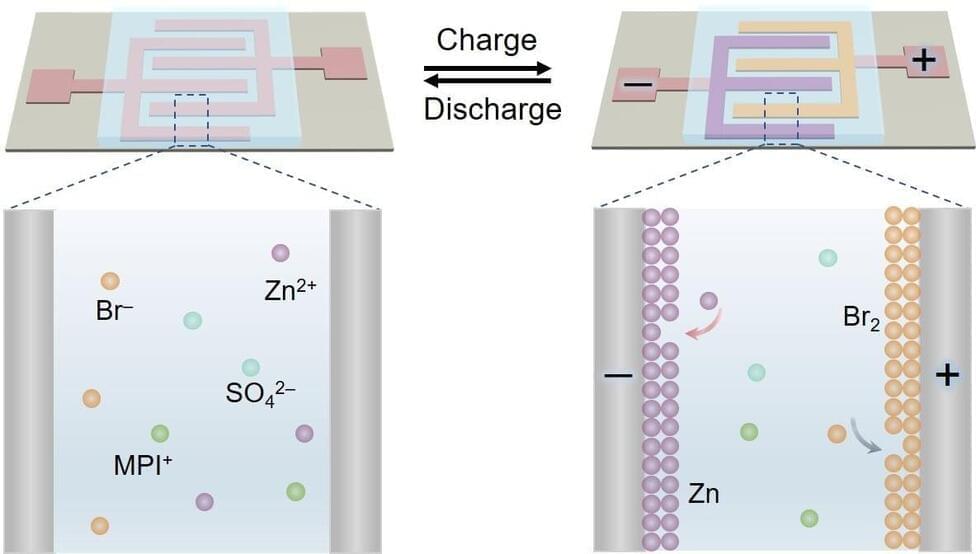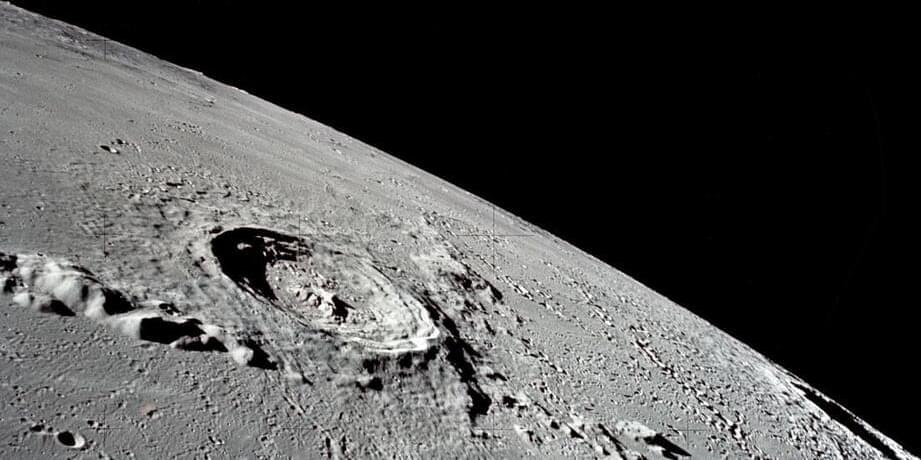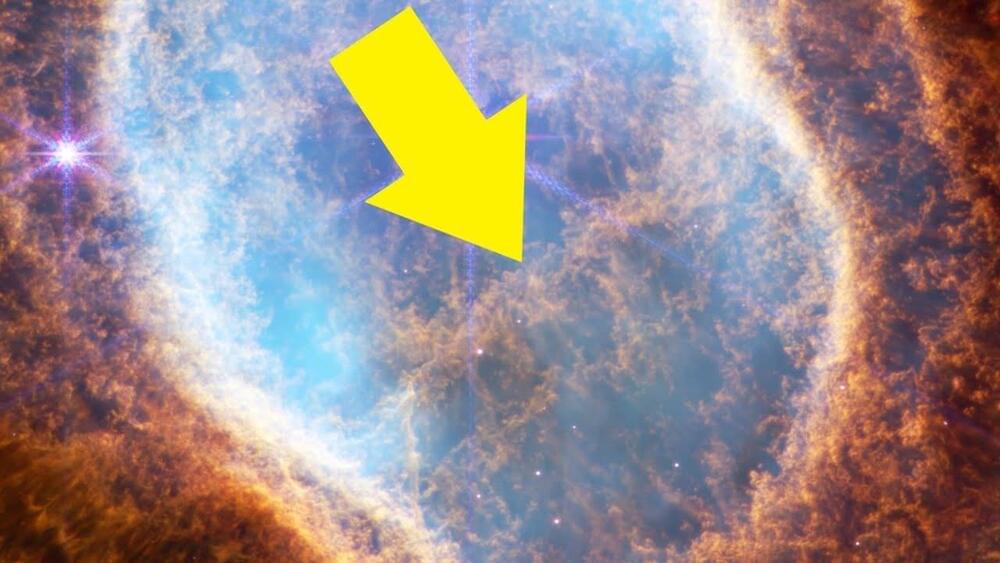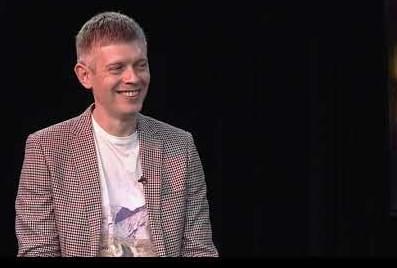The precise understanding of shear banding emergence in amorphous solids is still a mystery, due to the intrinsic entangling of three elementary local atomic motions: shear, dilatation and rotation.
Recently, researchers from the Institute of Mechanics of the Chinese Academy of Sciences (IMCAS) have unveiled the spatiotemporal sequence of shear band in amorphous solids through decoupling and quantitatively characterizing the highly entangled shear, dilatation and rotation flow units.
The results were published in Physical Review Research.
